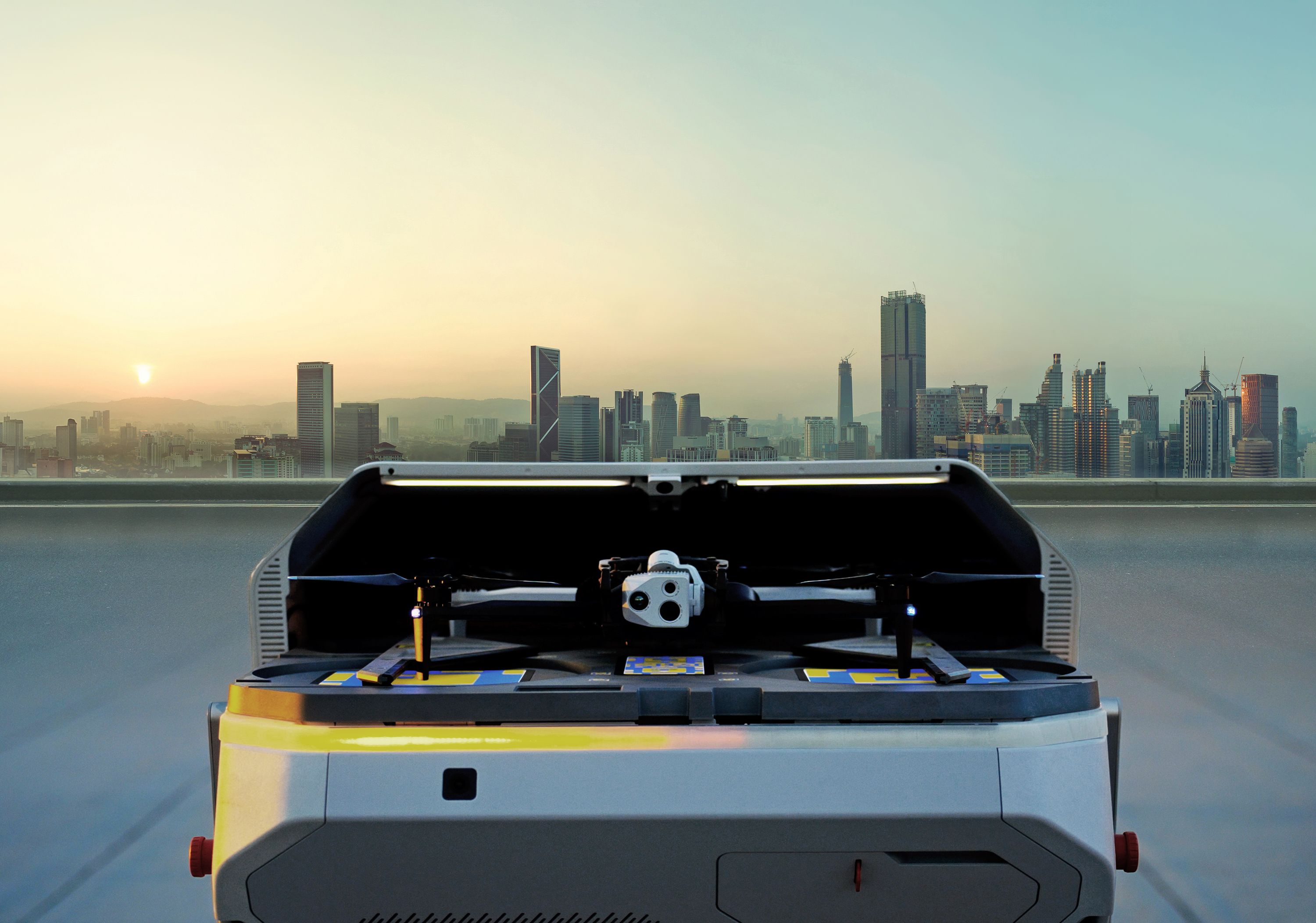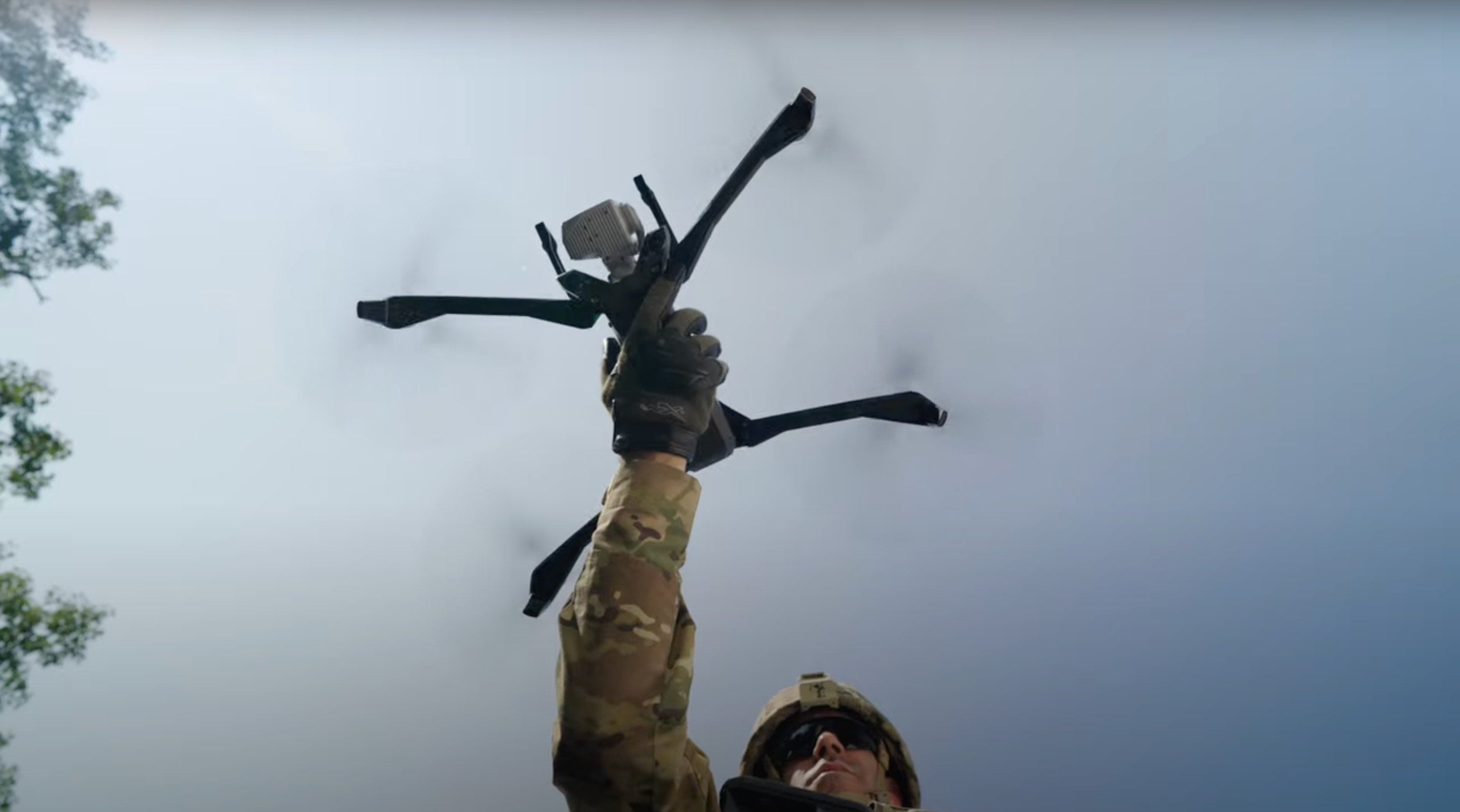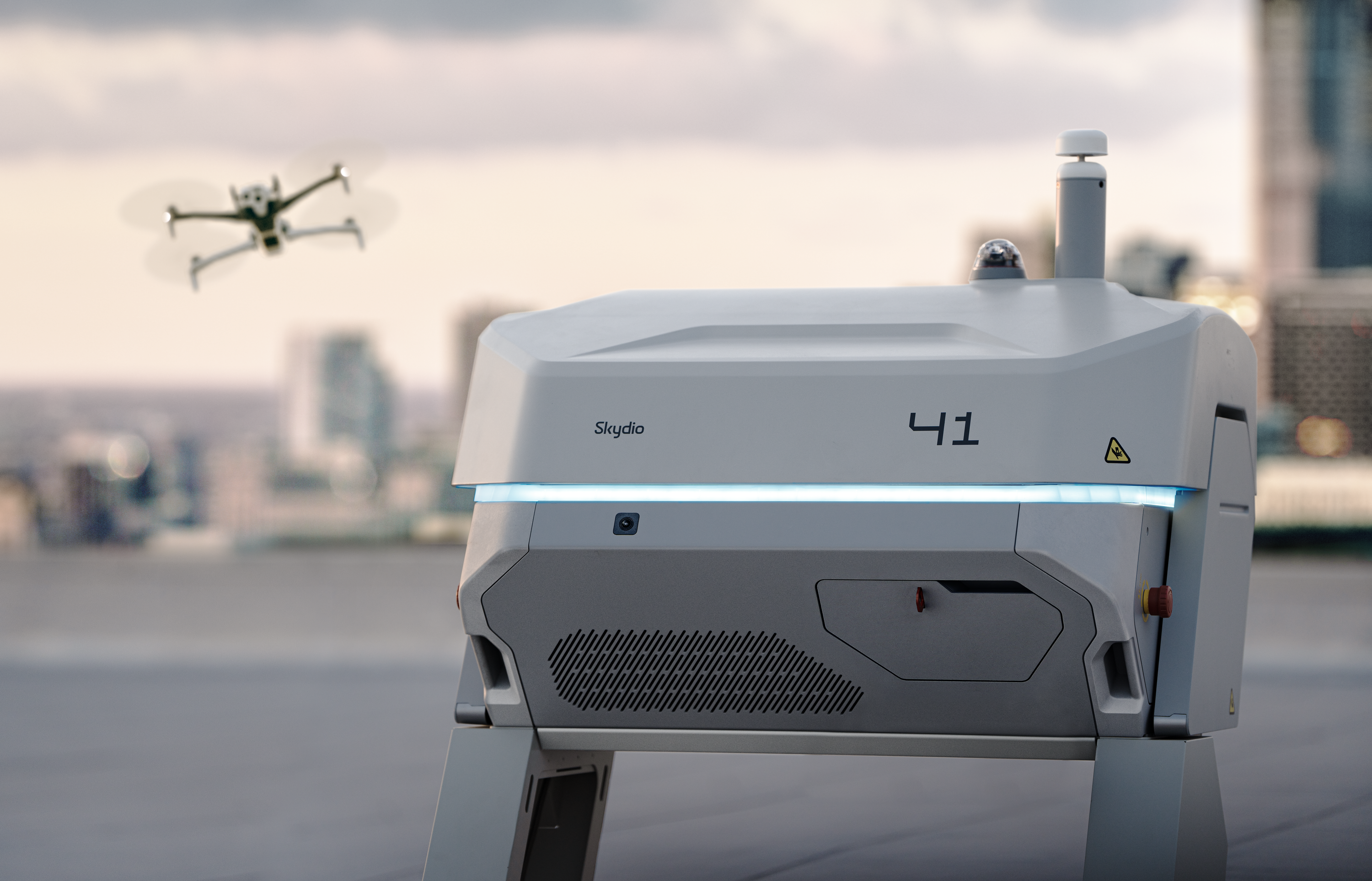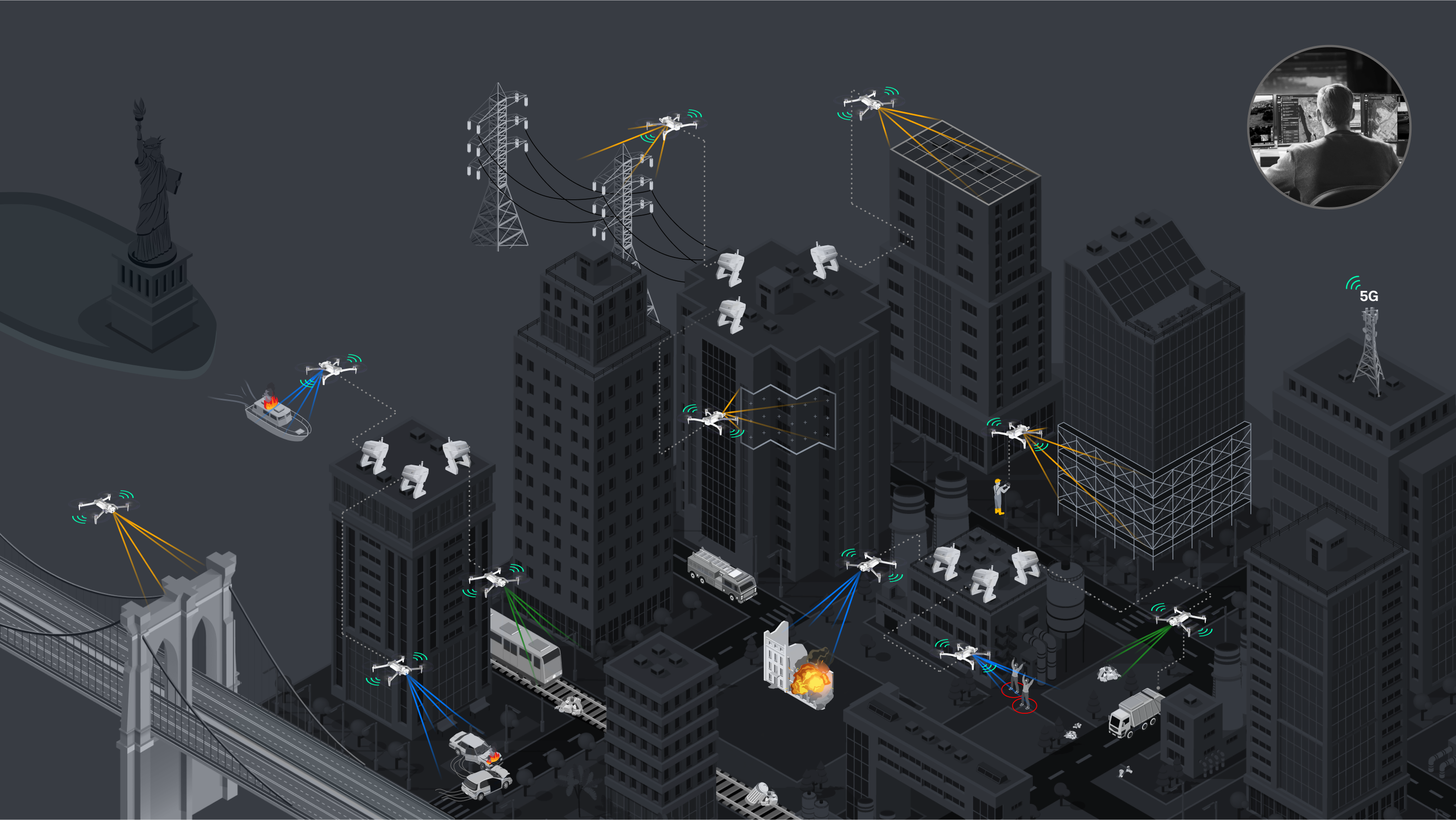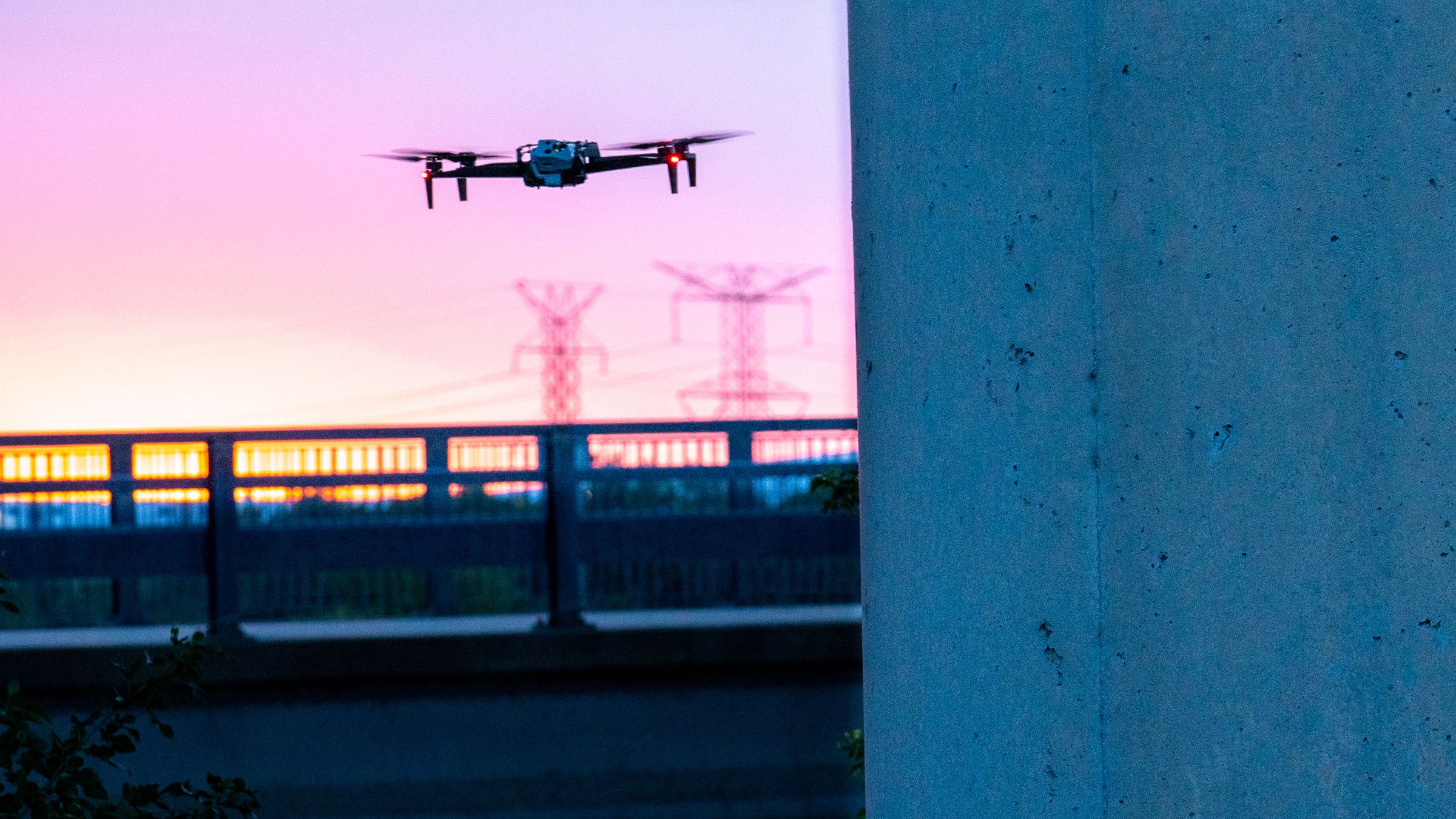How Aerial Robotics are Revolutionizing Asset Inspections: Key Factors to Consider
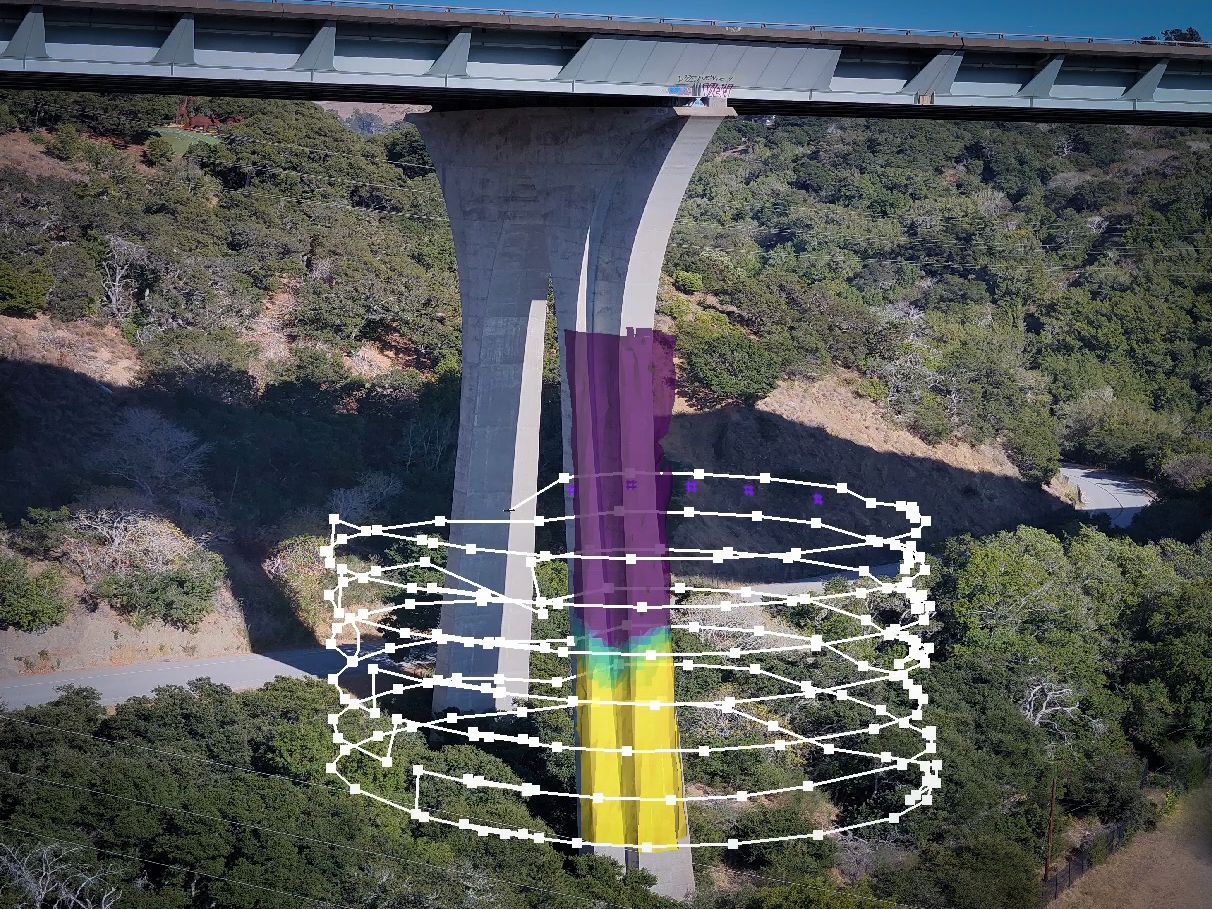
If you're responsible for inspecting assets, you know the challenges: getting the job done usually requires significant manual effort, which can lead to inefficiencies and increased operational overhead. Not surprisingly, many organizations like yours are exploring how to enhance safety, efficiency, and effectiveness with aerial robotics. Inspection with aerial robots is compelling because it allows quicker, safer, and more accurate inspections. Whatever you're inspecting, the shift to aerial robotics offers substantial benefits.
As you consider evolving your inspections to use aerial robotics, there are several things you'll want to consider as you explore solutions:
Examples of assets for inspection
Asset inspections refer to the systematic examination and evaluation of various structures and facilities to ensure they are in good condition, safe, and compliant with regulations. Examples of assets that commonly undergo inspections include:
- Bridges: Structural integrity assessments, detection of cracks and corrosion.
- Boats and Ships: Hull inspections and assessment of underwater components are performed.
- Buildings: Facade inspections, roof inspections, internal structural assessments.
- Power Lines and Electrical Infrastructure: Checking for damaged cables and assessing tower conditions.
- Oil and Gas fields and refineries: Detecting leaks, monitoring pipeline integrity, and responding to physical or environmental threats.
- Wind Turbines: Blade inspections and structural assessments of the tower.
- Solar Panels and Farms: Checking for damaged panels and inspecting electrical connections.
- Railway Tracks and Infrastructure: Rail integrity checks and inspection of railway ties.
- Dams and Water Reservoirs: Assessing structural integrity, checking spillways.
- Industrial Facilities: Inspections of machinery and structural assessments of buildings.
The need for advanced inspection solutions
Traditional inspection methods have long been plagued by several issues. Manual inspections are time-consuming and costly and pose safety risks to personnel who often navigate hazardous environments. These methods can also result in incomplete or inaccurate data collection, leading to potential oversights and increased maintenance costs.
Aerial robotics offer a transformative solution to these problems. Drones can perform inspections more quickly, safely, and accurately, reducing the need for human intervention and allowing organizations to allocate resources more effectively, supporting smart asset management practices.
Key factors in selecting an aerial inspection solution
1. Autonomy for enhanced efficiency
Aerial robots with advanced autonomy features can navigate complex environments independently, significantly reducing the need for human intervention. For instance, in a densely packed construction site, an aerial robot that autonomously avoids obstacles like cranes and scaffolding maintains workflow continuity and minimizes collision risks, streamlining the inspection process. This autonomous capability enhances efficiency and ensures consistent and reliable data collection, which is essential for smart asset management.
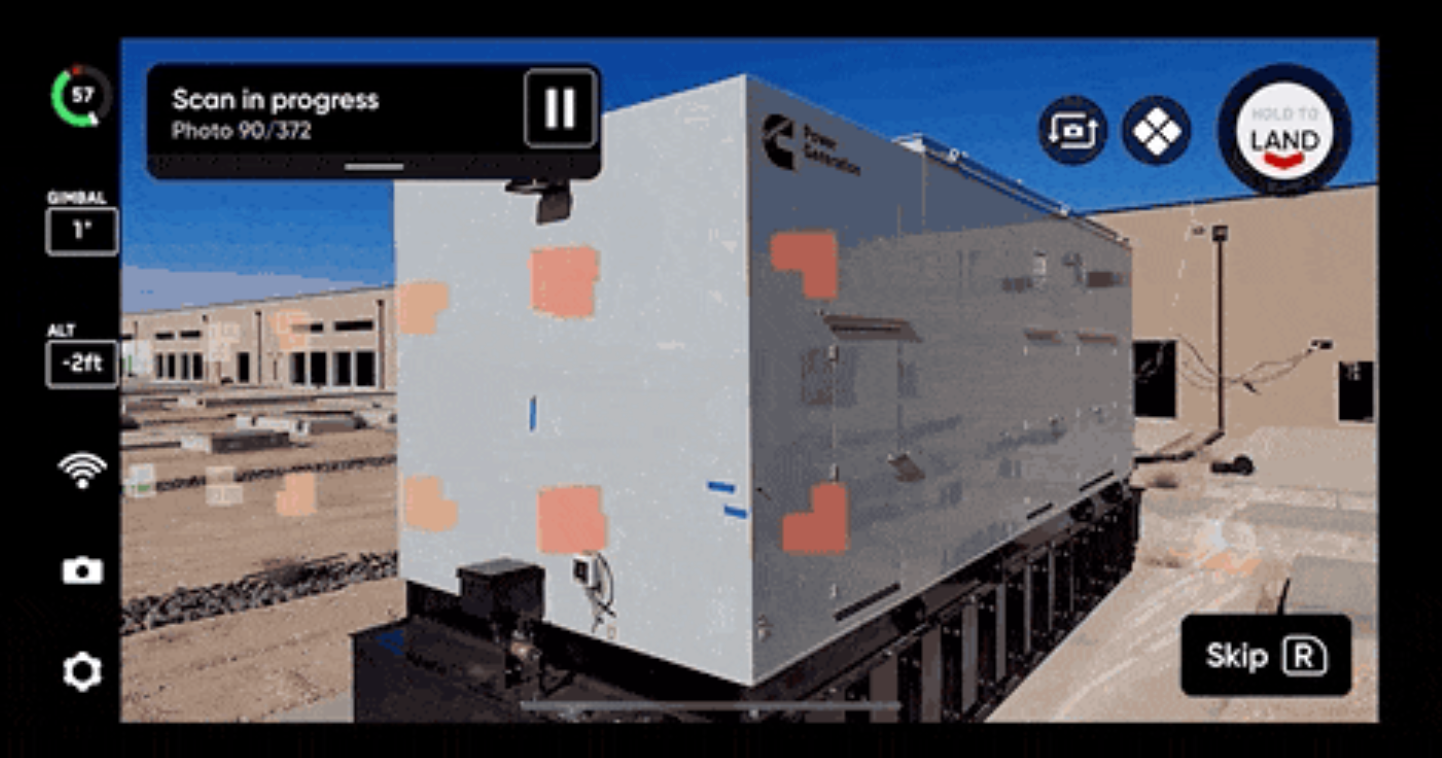
2. Effective data capture in all lighting conditions
High-quality data capture in various lighting conditions is crucial for accurate inspections. For example, inspections under bridges or in poorly lit tunnels require drones with built-in flashlights, HDR (High Dynamic Range) capabilities, and wider apertures to illuminate dark areas and capture clear images. Additionally, combining pixels into larger pixels can increase light sensitivity, enhancing image quality even when resolution is slightly reduced. These features ensure no detail is overlooked due to lighting limitations, maintaining high image quality throughout the inspection process.
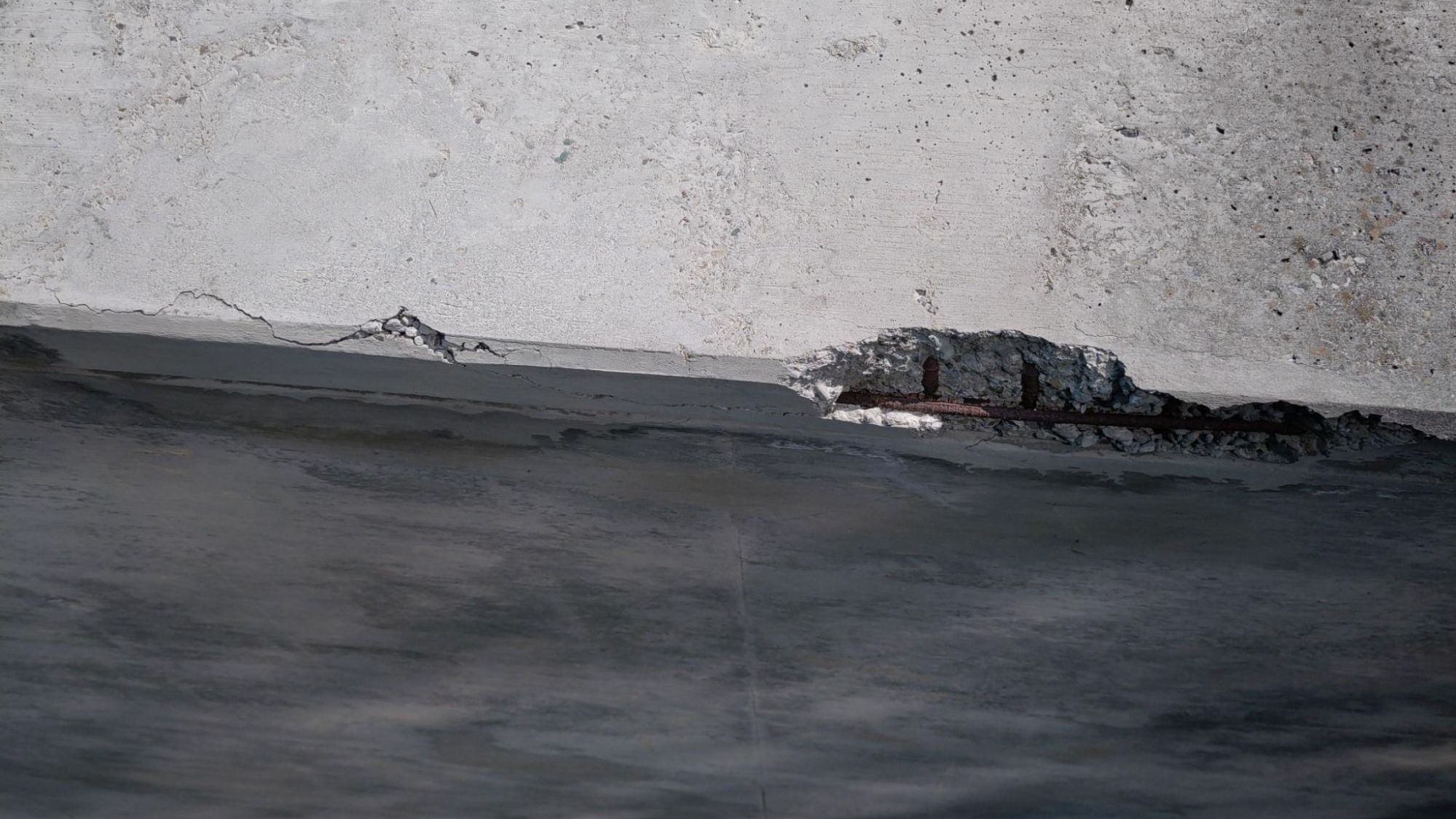
3. Operation in challenging environments
Aerial robots must operate effectively in environments where GPS signals are unreliable, such as under bridges, in indoor warehouses, or areas with high electromagnetic interference (EMI). For example, inspecting areas around power lines or inside metal structures requires a drone with a robust vision-based navigation system. This ensures reliable data collection in environments where GPS-reliant aerial robots might fail, enhancing the overall effectiveness of the infrastructure inspection process.
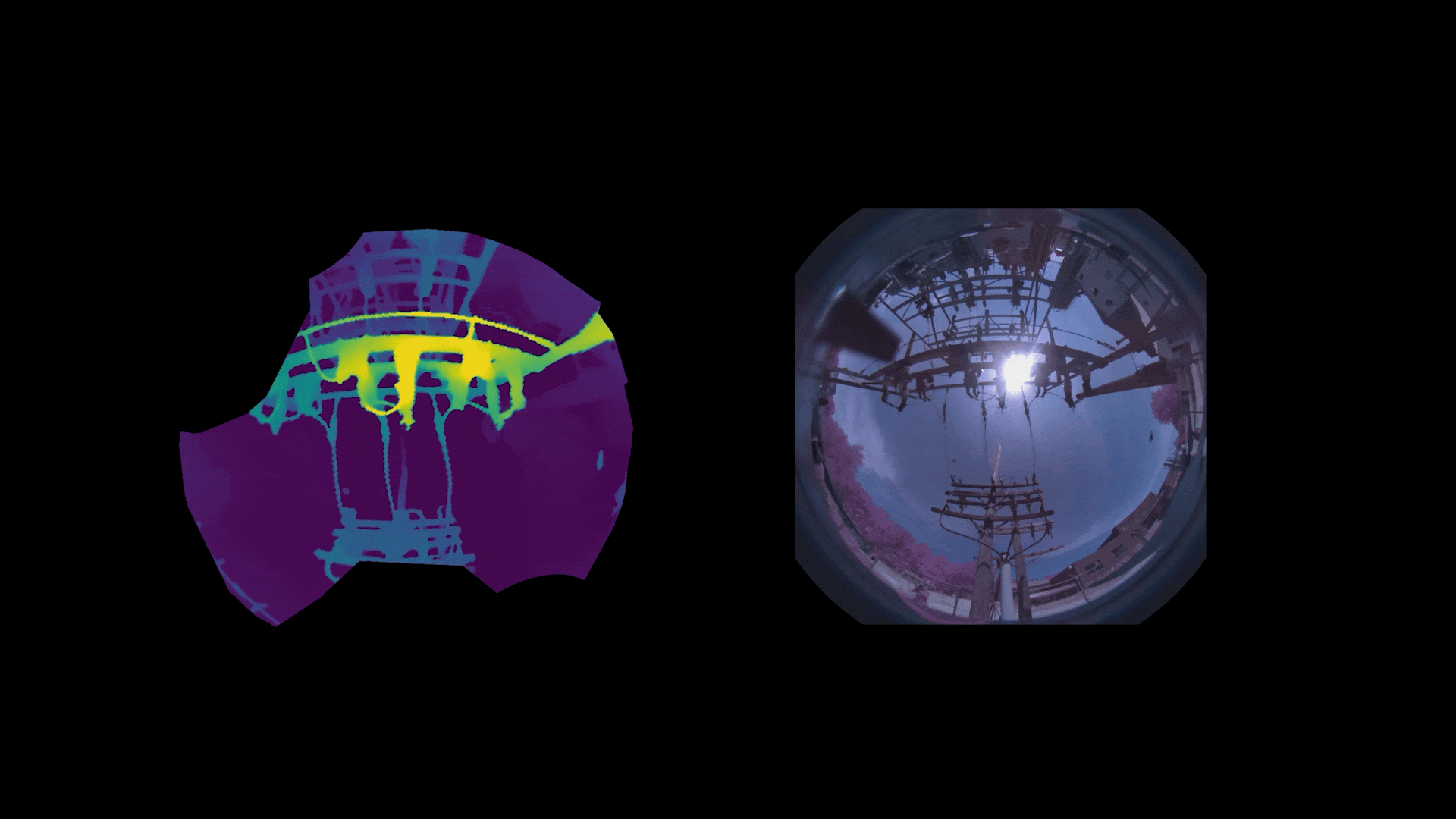
4. Comprehensive visual coverage for efficient inspections
Efficient inspections require drones with high-resolution cameras and a wide field of view (FOV) to reduce the number of passes needed. A drone capturing extensive infrastructure sections in a single pass can quickly and thoroughly inspect entire building facades, reducing the overall time spent on site. This capability benefits building inspections and other use cases, such as bridge inspections, solar panel farms, wind turbines, and large industrial facilities. Such comprehensive visual coverage is crucial for automated visual inspection processes.
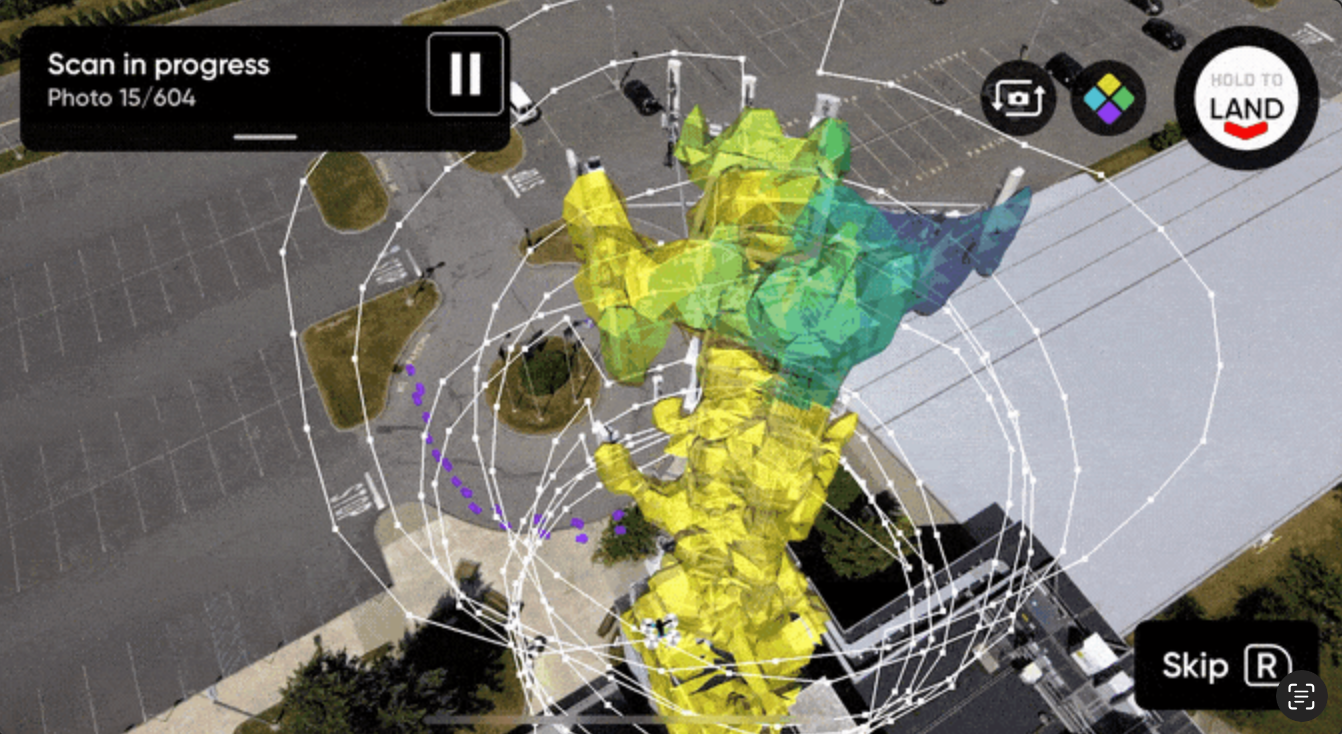
5. Validation of captured data
Ensuring comprehensive data capture during inspections is vital. For example, after inspecting a building, the ability to quickly create 3D models in the field from the collected images helps the operator check if all necessary angles and components have been covered. This saves significant time and resources by eliminating the need for a return visit and ensures that nothing critical is overlooked during the initial inspection. This capability enhances the effectiveness of asset inspection software.
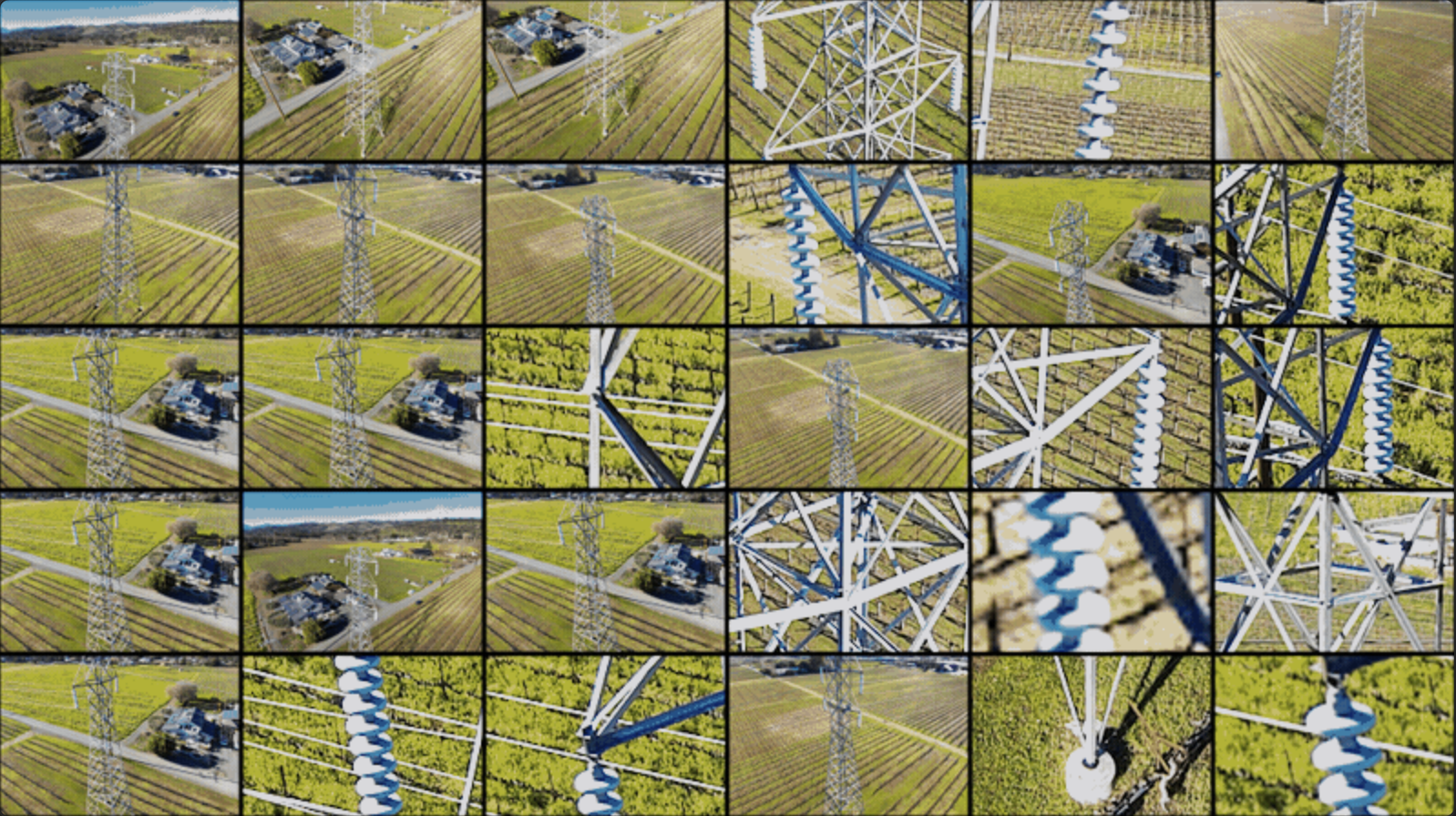
6. Integration with photogrammetry software
Effective data integration is crucial for turning drone-captured imagery into actionable insights. The ability to directly upload and process images through solutions like Pix4Dmatic or Bentley Systems ContextCapture enables immediate analysis of the captured data. This facilitates quicker decision-making and more efficient workflow management, enhancing the overall value of the inspection process. Integration with asset management inspection software is vital for streamlining operations.
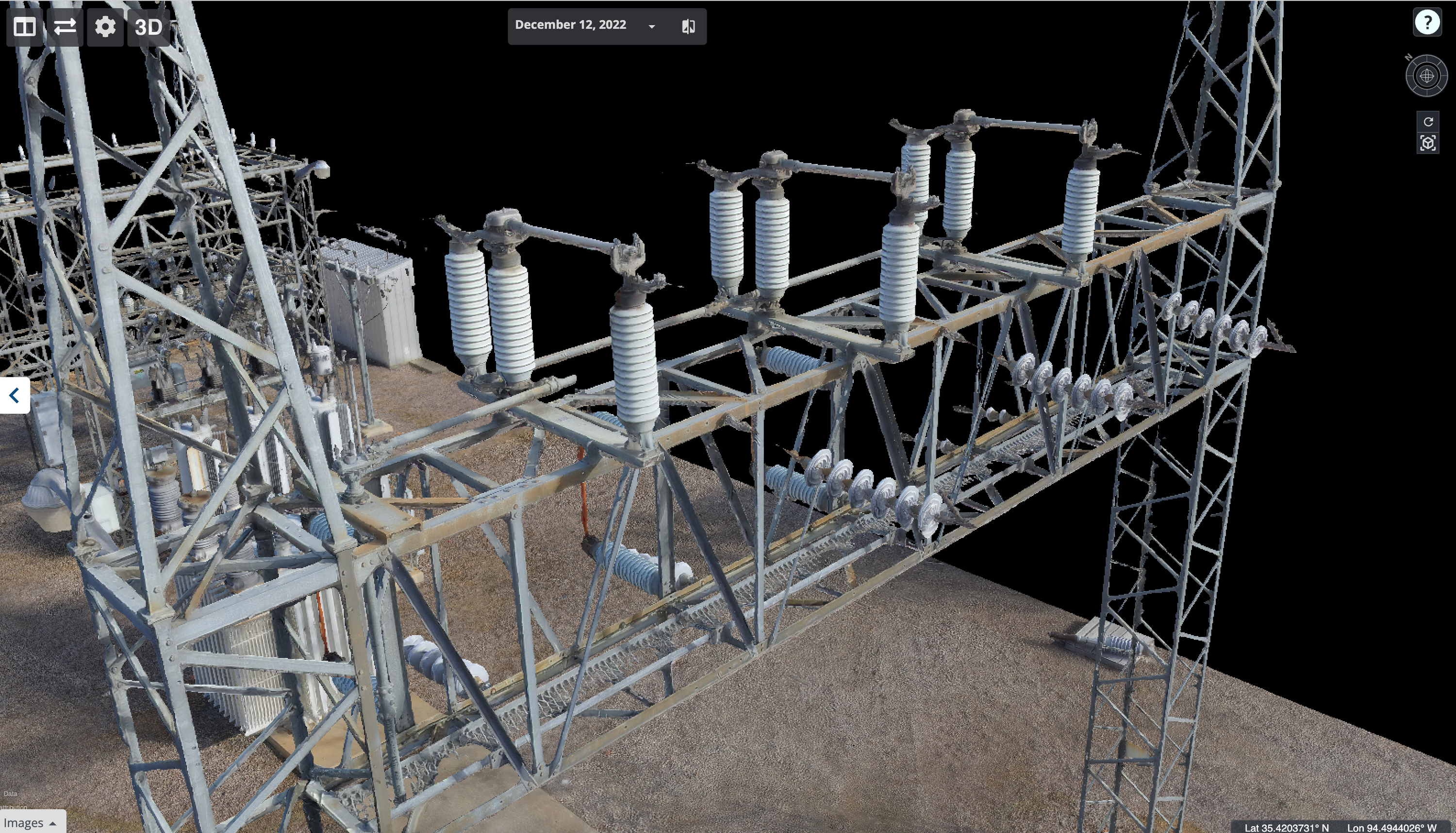
Conclusion
By considering these key factors, organizations can select aerial robotic inspection solutions that enhance safety, efficiency, and effectiveness. The benefits of advanced autonomy, effective data capture in varying conditions, operation in challenging environments, comprehensive visual coverage, data validation, and seamless integration with photogrammetry software make aerial robotics an invaluable tool in asset inspections.
Interested in learning more about how aerial robotics can revolutionize your asset inspection processes? Learn more about cutting-edge drone technology for asset inspection: https://www.skydio.com/solutions/asset-inspection
